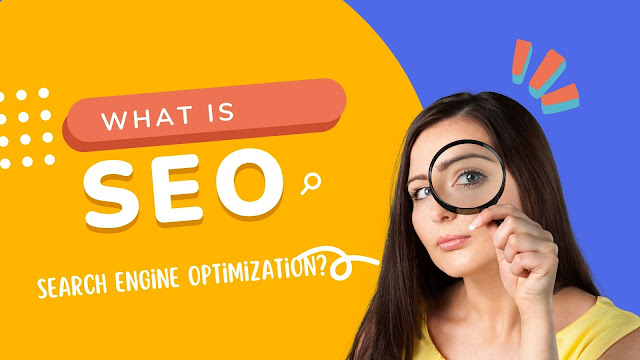Digital marketing is the promotion of products or services through electronic media, including the internet, social media, and mobile devices. The key to a successful digital marketing campaign is understanding your target audience and using the right channels to reach them.
One of the most popular digital marketing channels is search engine optimization (SEO). This involves optimizing your website and its content to rank higher in search engine results pages (SERPs) for specific keywords related to your business. This can help drive more organic traffic to your site and increase your visibility to potential customers.
Social media marketing is another important aspect of digital marketing. Platforms like Facebook, Instagram, and Twitter allow you to reach and engage with a large audience. By creating and sharing relevant content, you can build brand awareness and drive more traffic to your site. Social media marketing also allows you to target specific demographics, such as age, gender, location, and interests.
Email marketing is another powerful digital marketing strategy. By collecting email addresses from potential customers, you can send them targeted messages and offers. Email marketing can be used to nurture leads and drive sales.
Content marketing is a strategy that involves creating and distributing valuable content to attract and engage your target audience. This can include blog posts, videos, infographics, and other forms of content. The goal is to establish yourself as an expert in your field and build trust with your target audience.
Paid advertising, such as pay-per-click (PPC) and display advertising, can also be an effective way to drive traffic to your site. PPC ads appear at the top of search engine results pages, while display ads appear on websites across the internet. These ads can be targeted to specific demographics and keywords, making them a cost-effective way to reach your target audience.
Overall, digital marketing is an essential aspect of any business's marketing strategy. By understanding your target audience and using the right channels to reach them, you can increase visibility, drive more traffic to your site, and ultimately grow your business.














